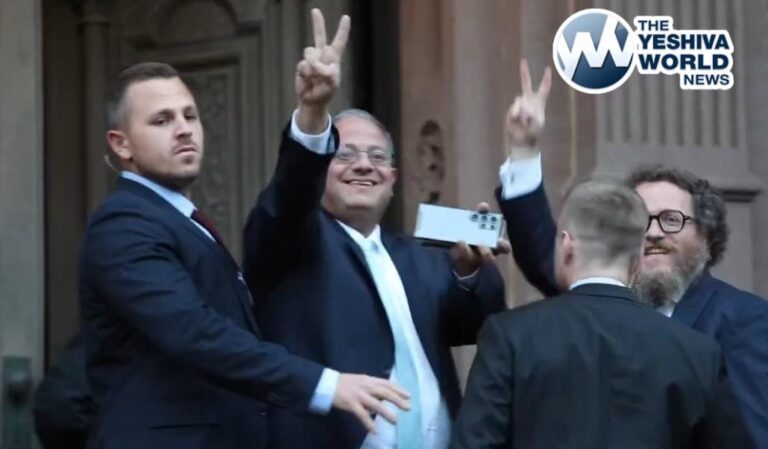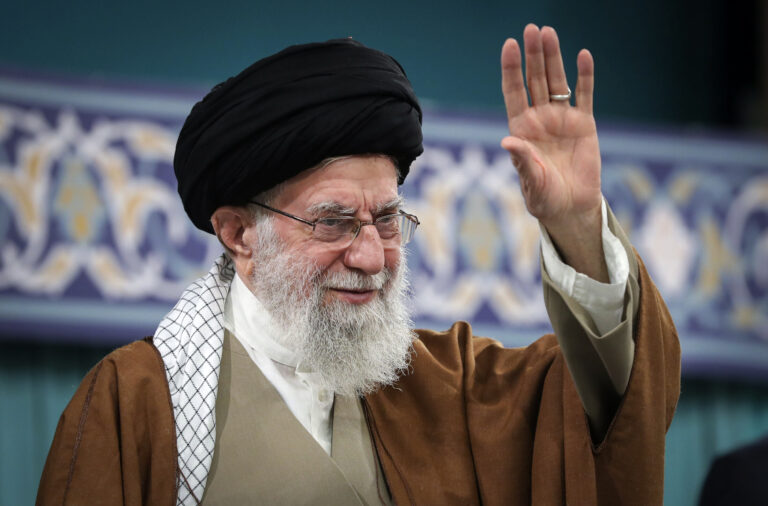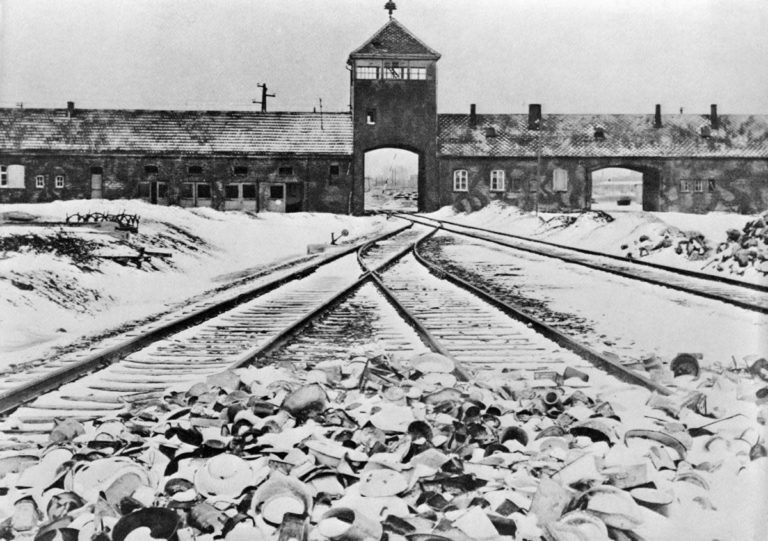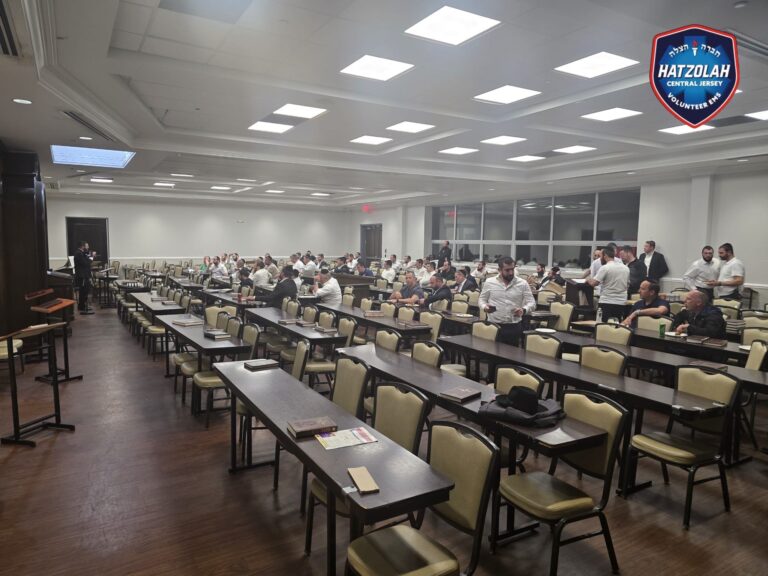By Rabbi Yair Hoffman for the Five Towns Jewish Times
It has happened before, and most people are unsure as to the halacha. More importantly than knowing the halacha, most people are unsure or unable to actually respond physically – and that is something that should be remedied. But that will be explained at the end.
THE CASE
Rachmana Litzlan, a person in shul collapses. EMS or Hatzalah is called. The EMTs cannot find a pulse. “Reuvain” who has seen the entire episode unfold announces, “Kohanim, please leave now.”
Shimon asks Reuvain, “Who gave you the right to make that announcement just because he didn’t have a pulse?”
Who is correct?
THE GEMORAH
The Gemorah in Nazir 43a records a debate between Rabbi Yochanan and Raish Lakish. If someone is a gosais – someone who is on his deathbed, may a Kohain be present?
Rabbi Yochanan rules that a Kohain may be present. Raish Lakish rules that it is a debate between the Chachomim and Rebbe. Most Rishonim rule like Rabbi Yochanan.
The BaHaG, however, has a different version of the Gemorah and in his text, Abaye appears instead of Rabbi Yochanan and Rava appears instead of Raish lakish. Since the Halacha is generally like Ravva, the Bahag is stringent. The Poskim in Yoreh Deah 370 seem to rule stringently. It is unclear, however, whether they are recommending a stringent approach or whether they genuinely rule like the BaHaG. The Shach in 370:4 rules that it is a stringency. He also writes that it is only forbidden to enter but not that one must leave. The Mordechai, however, does not make such a distinction which is why the Shach says to be stringent.
Assuming then that someone undergoing cardiac arrest is considered a Gosais – it would seem that it is proper to be stringent like Reuvain – even though most Rishonim were lenient.
NO PULSE DETECTED MAY BE WORSE
It could be, however, that our case is worse because in this case – there was actually no pulse. A gosais still has a pulse.
When there is no pulse it is generally one of three things: 1] It could be that the patient is in shock 2] It could be that he is considered dead, even though his brain stem and cells may still be alive 3] It could be that the EMT is making a mistake and he missed the pulse.
There is a famous debate between Rav J. David Bleich and Rav Moshe Tendler regarding the concept of brain death. Rav Bleich seems to hold that death is defined by whether the heart is still beating or not. Rav Tendler has accepted the “Harvard Definition” of death – called “Brain Stem Death.” Rav Tendler would permit it. Rav Bleich would forbid it.
Rav Shlomo Zalman Auerbach zt”l seems to have accepted the notion of complete brain death as an acceptable definition of halachic death, but not regarding brain stem death.
Rav Dovid Feinstein shlita on a video shown on the HODS website seems to say that his father zatzal held that death is defined by whether or not a person can breathe on his own or not. This, however, cannot be the true criterion without futher caveats as there are thousands of people that cannot breathe on their own on respirators and eventually recover. No Rabbi in the world would ever permit these people to have their organs taken while they cannot breathe on their own.
INSENSITIVITY
Another important issue is not to make such an announcement within earshot of the victim – because it may depress him that he is so beyond being saved that teh Kohanim are being asked to leave. It can also cause the Neshama to be in a state of agitation. Thus one should be very careful if one does make such an announcement.
PROOF FROM TOSFOS
This author would like to bring a proof from a Tosfos in Bava Metzia 114a “Amar Lei.” The Ri asks: How Eliyahu could have revived the widow’s child if he was considered a Kohain (according to the opinion that Eliyahu was Pinchas)? He answers that it was permitted since he was sure that he can resuscitate him – it was considered Pikuach Nefesh.
We may infer from here that a Kohain may only be in the room to revive someone who is considered dead if it is Pikuach Nefesh. For other Kohanim present – it would not be considered Pikuach Nefesh – so they must leave the room.
A POSAIK RESPONDS
This author posed the question to an internationally-renowned Posaik. He stated that the Kohain must leave the room out of a doubt. He stated that the person who underwent cardiac arrest does not have to remarry his wife because he was dead. He also stated that we would still be mechalel Shabbos for someone whose heart and breathing stopped even though he has no pulse. The Posaik did not wish to be quoted until he has done his full research.
A KOHAIN DOCTOR OR HATZOLAH VOLUNTEER
What about a Kohain doctor? May he treat a gosais patient when another equal or more competent doctor is also available? The Nachalas Tzvi (YD 370) rules leniently while the Chsam Sofer in a response rules stringently. Rav Vosner zt”l in his Shaivet HaLevi (Vol. III #164) rules stringently like the Chasam Sofer. Rav Vosner writes, however, that if there is any even remote possibility that the Kohain may treat better – then it is forbidden to be stringent. Rav vosner applies the same ruling to volunteer members of Hatzallah that are Kohanim.
This author would like to suggest that there is always a remote possibility that the Kohain may see something that the other doctor or rescue worker may have missed.
CONCLUSION
In our case, Reuvain was being stringent as the Poskim in Shulchan Aruch indicate. Shimon was of the opinion that it should not be announced. He suggested that the presence of the other Kohanim praying for the heart attack victim may be some sort of a merit for him. Shimon’s view may be true, m’ikar hadin, according to the letter of the law, and therefore, in his thinking, we should not be acting stringently in this case – when their prayers may be effective.
Nonetheless, it Reuvain’s position is the one that is recommended by most Poskim.
In this author’s opinion the fact that most Shuls have a defibrillator in shul is an excellent development. Another step that we should all take is to ensure that each minyan in shul also have someone who is trained in CPR. This can be crucial during those times when it takes several minutes for an EMT from elsewhere to arrive on the seen.
Every minute delay in the use of the defibrillator decreases the survival chances of the patient by a staggering ten percent a minute. Thus if defib happens within one minute of cardiac arrest there is a 90% chance of survival. If it happens within two minutes of cardiac arrest – there is an 80 percent chance of survival. If defib happens within 6 minutes – there is a 40% chance of survival.
It is crucial then to have adequately trained people at every minyan.
May Klal Yisroel very soon merit to the time when we say bila maves lanetzach. Amain!
The author can be reached at [email protected]












3 Responses
I think Reuvain needs a smack in the mouth for his insensitivity.
I don’t understand what you are trying to prove from tos. in BM114.
Of course for Pikuach nefesh it is mutar to be metamei. And if it is not pikuach nefesh than there is no tzad it is mutar for a cohen to be in room with halachically dead person. what do you see from tos?
With due respect to Rav Hoffman, I love his articles, but I am a Kohain and often I go to hospitals to visit sick. If there is a sign out side, I do NOT go in. But if there is no sign outside and I go in, there is never an announcement that some one died.
So I asked and was told that there is NO MITZVAH to inform Kohanim, the mitzvah is for Kohanim themselves to leave. If they do not know that there is a dead person there it is not the same if they do know and today when everyone is tumah met, why bother?
So the question really should be is there a mitzvah to inform a Kohain that there is a dead person in a building?